After decades of delay inside GM, 'mythic' mid-engine Corvette is in production
The Corvette is going mid-engine. Will purists accept it?
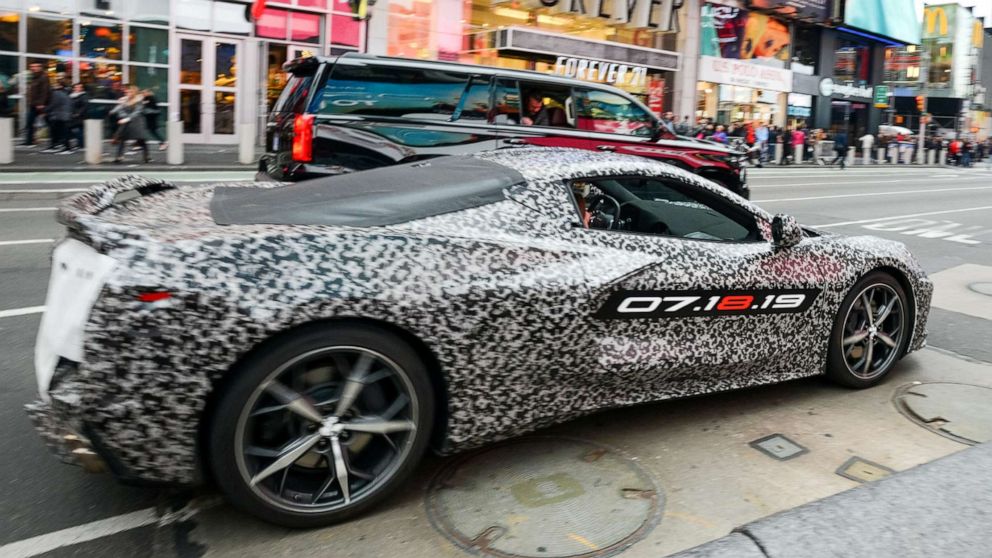
It was the automotive world’s worst kept secret.
Rumors have swirled for years that General Motors would finally acquiesce to industry pressure and transform its iconic sports car, the Chevrolet Corvette, into a mid-engine beast.
Now it appears to be a reality.
General Motors has allowed almost nothing about its next-generation Corvette -- referred to as the C8 -- to leak out. Corvette’s chief engineer, Tadge Juechter, was photographed in April driving a heavily-camouflaged C8 on the streets of New York. Excitement has only been building for Corvette enthusiasts and auto journalists, who will see the new car for the first time on July 18 in California.
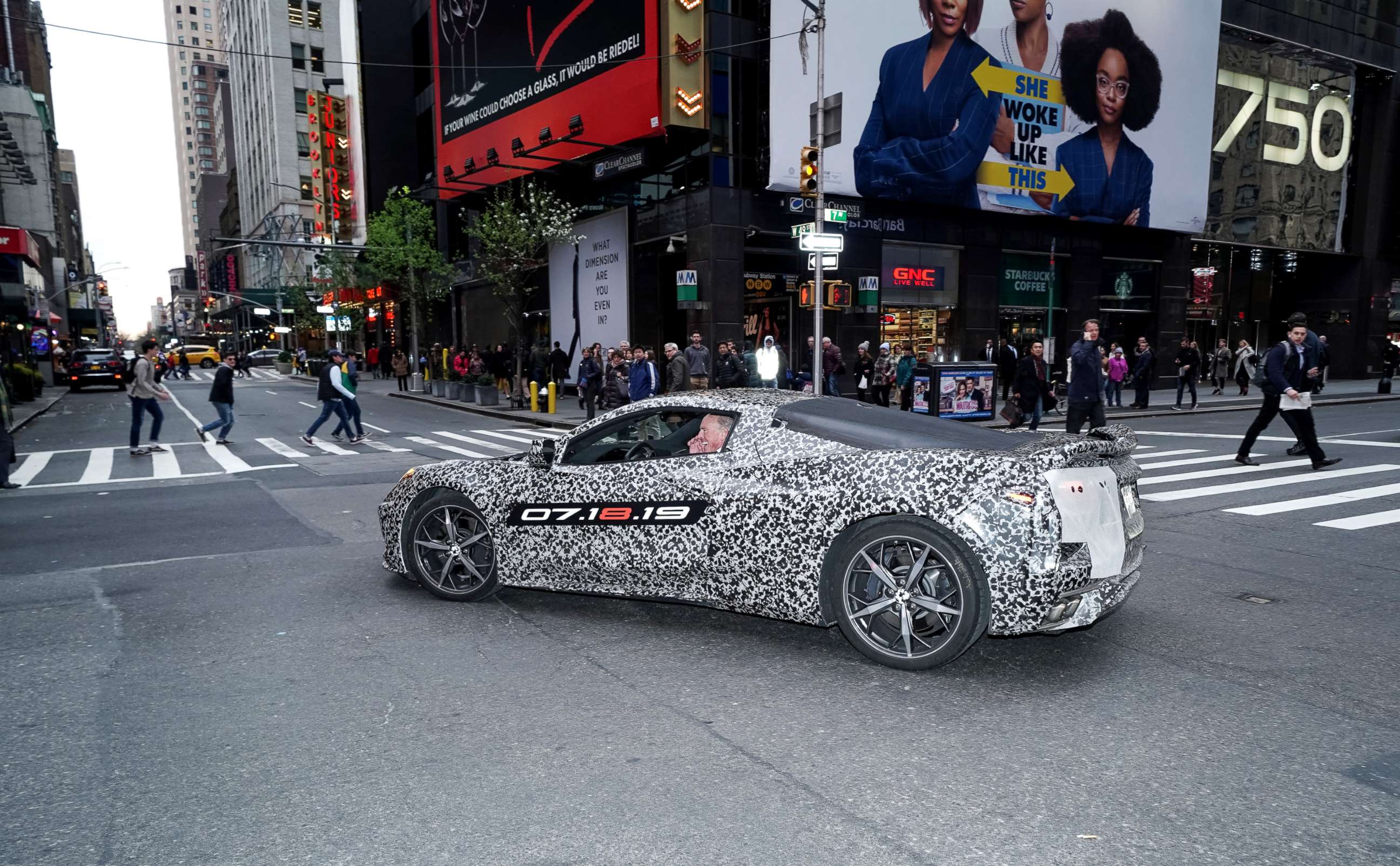
“I have never seen so much buzz around Corvette,” Dan Pund, editor at large for Car and Driver, told ABC News. “A mid-engine Corvette has been like a mythical creature.”
General Motors hasn't released pricing details but industry insiders guess it might cost around $75,000.
Corvette’s supercharged small block V8 engine had always been positioned up in the front, giving the 66-year-old classic American sports car its signature “wedge shape.” Even as Corvette engineers tweaked the engine’s acceleration and horsepower, competitors that have offered mid-engine cars for years were setting new performance records and powering ahead of Chevrolet in sales.
“To be truly world class, you have to be mid-engine,” Jonny Lieberman, Motor Trend's senior features editor, told ABC News. He broke the story in 2014 that a mid-engine Corvette was in production.
Motor Trend editors keep a database of sports car and supercar lap times they record at various race tracks around the world. Over the years, the only cars to beat the 755 horsepower ZR1, the fastest and most powerful Corvette ever built, were its mid-engine rivals.

“The chassis can’t handle the power," he said. “There’s a lack of mechanical grip. The [ZR1’s] rear-end cannot put the power the engine is creating to the ground, which causes oversteer. One way to change that is going mid-engine.”
Forty Corvette aficionados have already put down deposits on the new C8, according to Gabriel Pineiro, a sales consultant at the Bomnin Chevrolet dealership in Miami.
“I’d say 65% of Corvette buyers know about the C8,” Pineiro told ABC News, adding that even non-Corvette fans are walking into the dealership and asking to see the C8 in person.
Bomnin Chevrolet, one of the largest Corvette dealers in the country, has about 300 current models in stock. Sales have been relatively strong, partially due to the $10,000 discount being offered, Pineiro said.
“We’re a high-volume dealer and everything is market price. We’re trying to push hard for allocations of the C8,” he said.
Bill Brunner, vice president and general manager of Paramus Chevrolet in New Jersey, said he's not selling as many Corvettes these days. But he's optimistic anticipation for the C8 will change that.
He’s already taking deposits from customers even though he’s unsure if he'll get even a single C8 to sell.
“I will tell you my first concern is to be on the list,” he told ABC News.
If this level of excitement holds, sales of the C8 could be a blockbuster for GM.
The number of Corvettes sold has been plunging for years. In 2014, 34,839 cars were sold, according to Kelley Blue Book data. That number dropped to 33,329 units in 2015 and 29,995 in 2016. Last year Chevy delivered 18,791 Corvettes to customers.
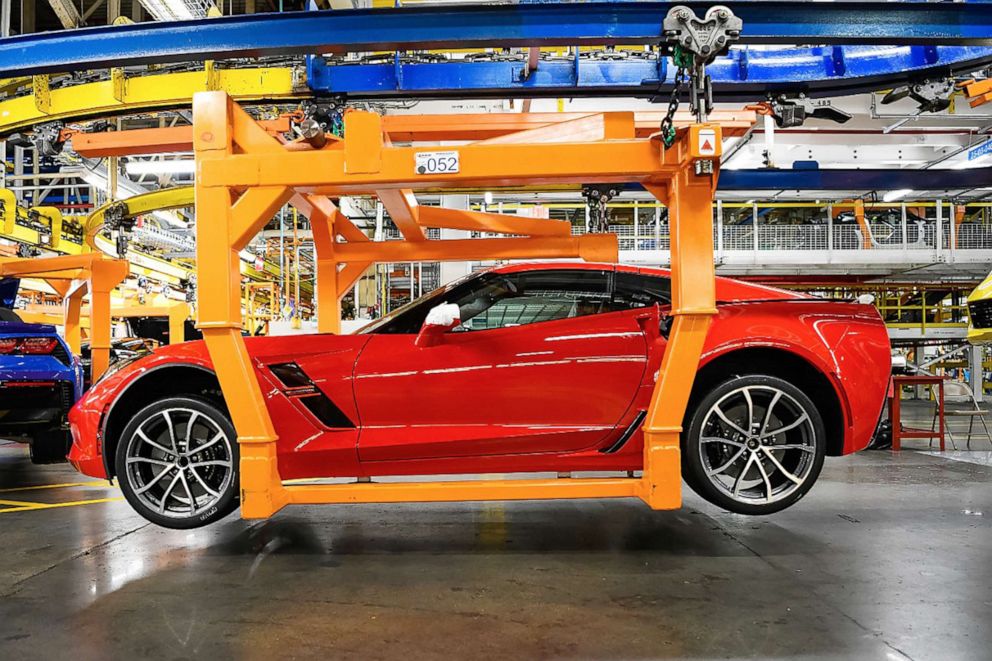
Karl Brauer, executive publisher of Autotrader and Kelley Blue Book, said Corvettes generally don’t retain their resale value because of overproduction.
Still, he thinks there may be renewed interest from Corvette aficionados.
“The last crop of Corvettes with the front engine could be a novelty in a decade,” he told ABC News.
General Motors said it would auction the final production C7 Corvette, a black 2019 Z06 model, on June 28 in Connecticut. The proceeds will go to the Stephen Silver Tunnel to Towers Foundation.
Brauer said he had hoped GM would have done more to celebrate the end of the front-engine Corvette as a way of boosting sales based on nostalgia.
“There was no send-off,” he said.
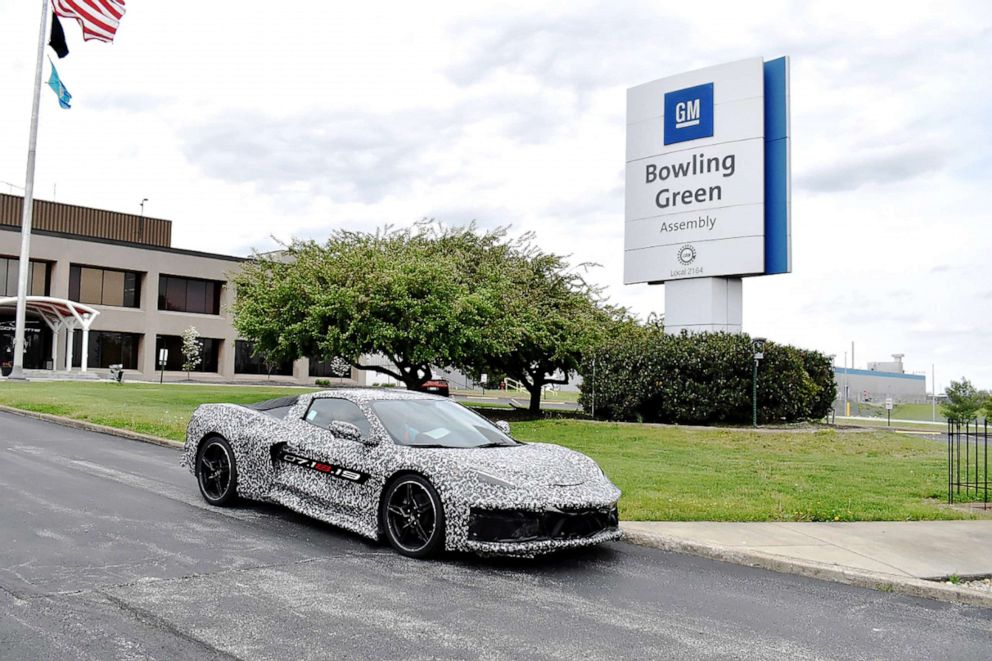
According to Jonathan Klinger of Hagerty, the world’s largest collector car insurance and valuation company, the Corvette is the most collected vehicle in North America, followed by the Ford Mustang.
He expects the value of C7 Corvettes to depreciate slightly, though the more expensive models — the Z06 and ZR1 — will likely stay in demand. What could really boost prices of current Corvettes is whether the C8 is built with three pedals.
“The availability of a manual transmission in the C8 will make previous manual transmission Corvettes more desirable for those who prefer that driving experience,” he said. “You can see similar market activity favoring manual transmission models of late Porsche 911s and the handful of late model manual transmission Ferraris.”
Pund expects a slight bump in value for the current Corvette.
“There’s still a large contingent [of Corvette owners] who really like the front engine” design, he explained. “These guys won’t be interested in the mid-engine.”
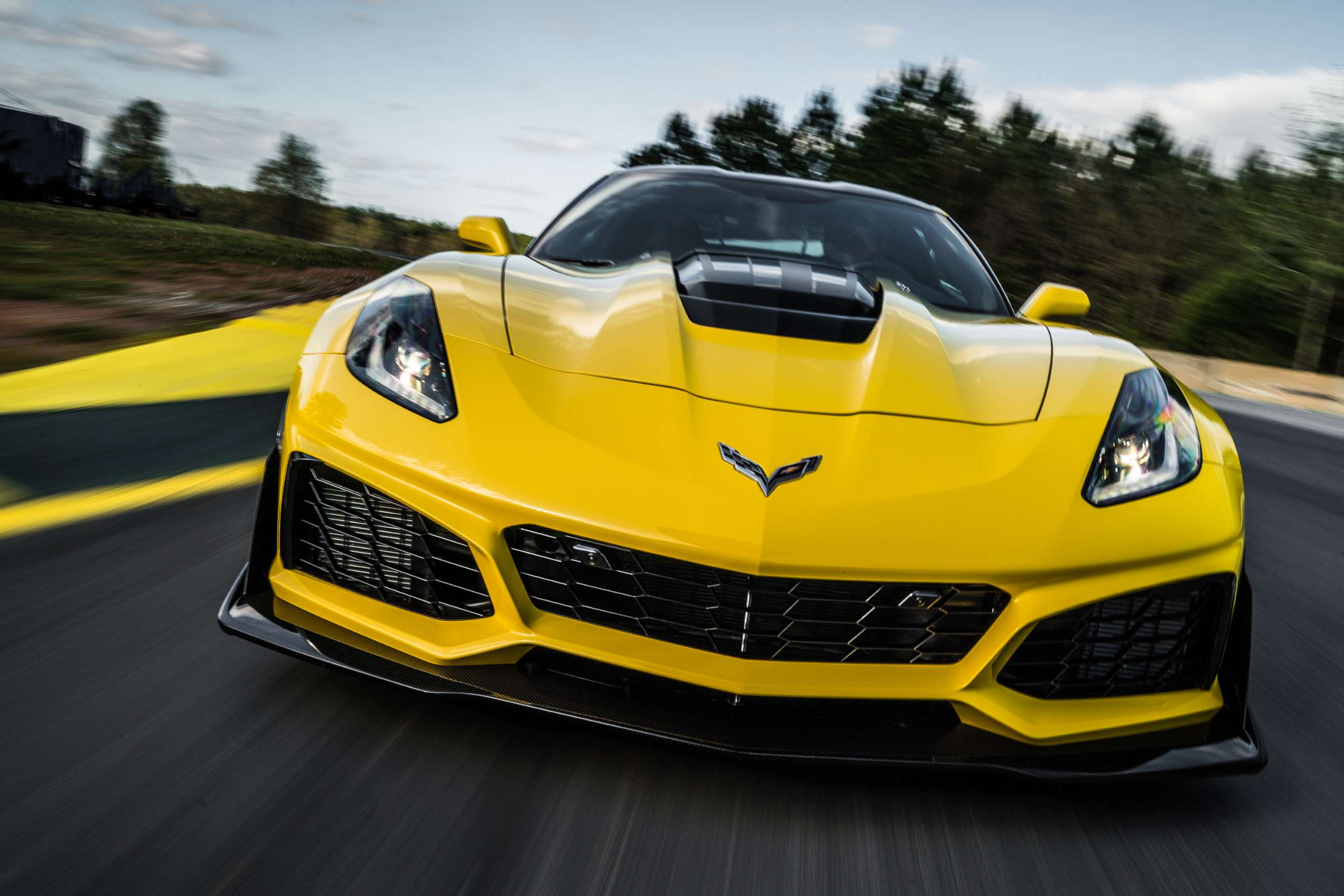
Dave McLellan, who spent 17 years as chief engineer of Corvette, said the push for a mid-engine Corvettes really took off post-2008, when GM emerged from bankruptcy. His predecessor, Zora Arkus-Duntov, was the first cheerleader of the mid-engine concept, building prototypes as early as the 1960s, just a few years after the first Corvette went on sale in 1953. It was GM’s sales and marketing teams, however, that were uninterested in a mid-engine sports car.
“At the time Chevrolet went through such trauma to get the Corvette going,” he told ABC News. “It was a failure in the marketplace.”
It wasn’t until 1963 when Corvette hit its stride, surpassing its top competitor, the Ford Thunderbird, in sales.
Now, top GM brass, including CEO Mary Barra, are doing all they can to make sure the Corvette stays relevant, he said.
“The old company didn’t know what to do with Corvette,” he noted. “New management is in favor of and has been more aggressive” toward mid-engine sports cars, he said.
It was “make or break” for GM to do “something” with the Corvette, said Pund.
To juice sales and be a serious contender in a hyper-competitive supercar field, Corvette needed to change direction — fast. The hope is that going mid-engine could help attract consumers under the age of 50.
“The average age of a Corvette buyer is pretty high. These guys won’t last forever,” he said. “Younger guys grew up with mid-engine cars and more likely want mid-engine sports cars.”
Andy Pilgrim, a former Corvette racing driver, said having a car’s engine bolted between the passengers and rear axle provides obvious performance benefits.
“When you put the weight of the car toward the middle it helps with handling,” he said. “The mass [of the car] is more central.”
Pilgrim, however, isn’t convinced Corvette needed to make such drastic moves, arguing that the ZR1 is a “phenomenal animal of a car.” That said, he expects the mid-engine model to be widely accepted by Corvette fans.
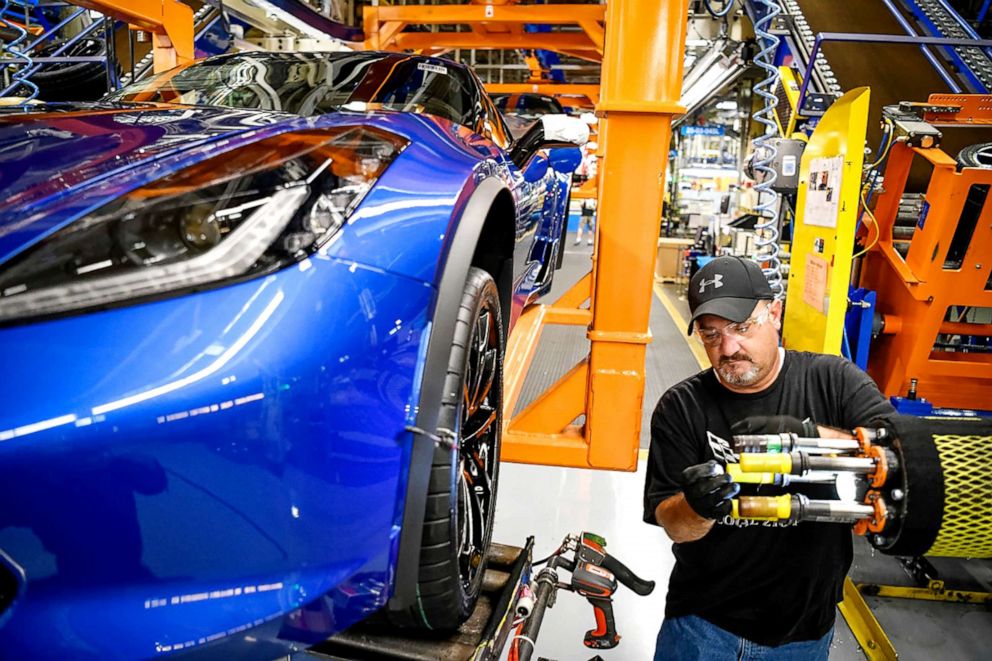
“What I know about the Corvette community is that they’re tremendously loyal and enthusiastic. The support will be there,” he said.
Corvette engineers could have released a mid-engine car years earlier, according to Brauer. Instead, they were busy perfecting the models sold right now.
“The current Corvettes are the best they’ve ever been,” he said. “The engineering prowess has never been better.”
A mid-engine Corvette may be the future but the road ahead could be fraught with challenges, Lieberman said.
“You can’t just make a mid-engine car,” he said. “It still has to be good. We’re all rooting for GM.”




